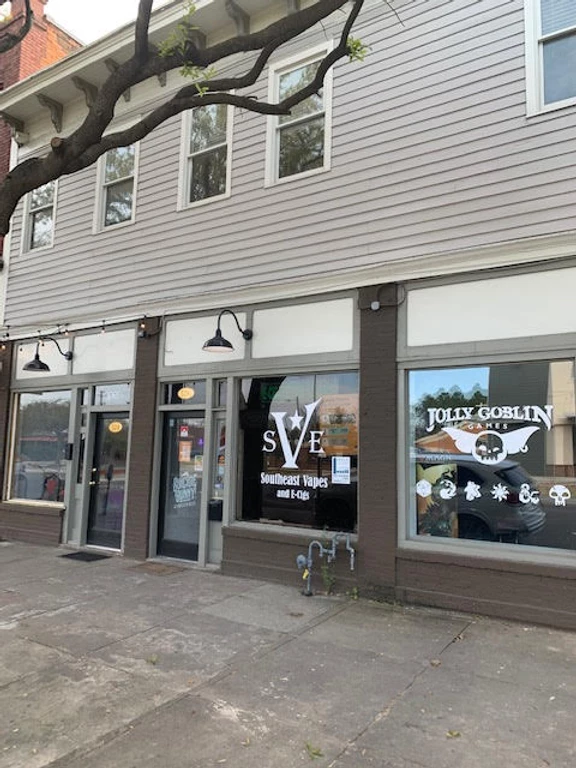What does Value-Add mean in real estate investments?
In real estate investments, investors spend money to make physical or operational improvements that enhance a building’s value. To succeed at this strategy, investors must have a solid understanding of a property’s physical condition, competitive position within the market, cash flow, leasing prospects, and what risks and rewards improvements may have on the overall investment performance.
Investors evaluating a value-added opportunity must consider the level of risk they’re willing to take to receive returns they are for which they are looking. Generally, value-add investors are eager to take on more risk to achieve high profits and are willing to wait longer before they begin receiving returns for their investment cash flow. On the risk vs. return spectrum, value-add real estate holds a middle ground between the less risky (core) and higher risk (opportunistic) investment strategies.

Value-add properties may be outdated and require physical improvements due to neglect or owners lacking the capital to make improvements. Value-add properties may also have operational issues due to poor management or absentee ownership.
These properties can achieve higher returns after increasing income with the right kind of physical upgrades, better management, added services, or more effective marketing. They can also be more lucrative after reducing and optimizing expenses. These operational and capital improvements add value beyond routine physical upgrades and attract new tenants, improve retention of existing tenants, and generate higher rents from both segments. Once renovations have been made to the property, increasing its net operating income, a value-add investment is typically considered a less risky investment and may be sold to another buyer looking for a lower risk strategy.

